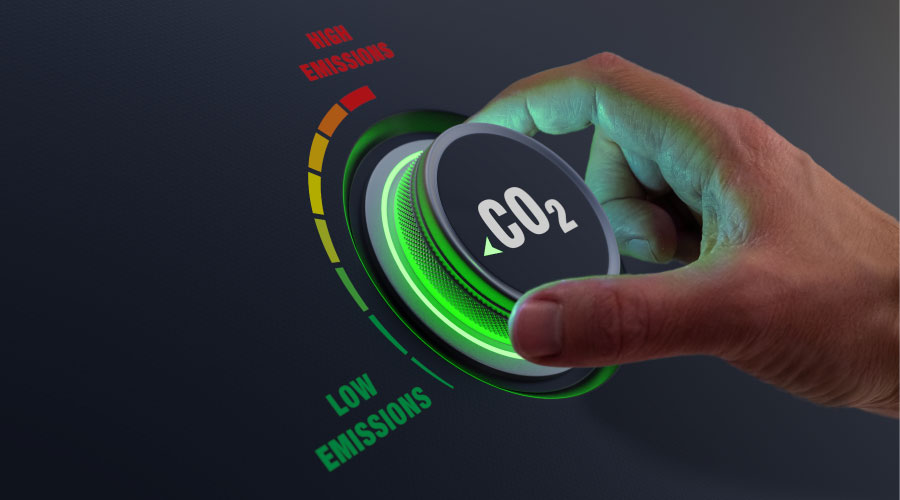School District Strives for Energy Star Ratings
Managers in commercial and institutional facilities use the phrase triple bottom line to describe an initiative's impact on building occupants, the environment, and an organization's finances.
For Des Moines (Iowa) Public Schools, students, energy efficiency, and utility cost savings are top of mind for managers before, during, and after every building renovation and system upgrade they undertake. And the school district is not short on projects.
Of the 52 schools in the district — the largest in the state — 38 have undergone renovations and upgrades that led to an Energy Star rating by earning a score of at least 75 on a 0-100 scale. The rating means those 38 schools perform better in terms of energy efficiency than 75 percent of similar buildings nationwide.
"School administrators are more interested in the front entrance than boilers and heat pumps," says Bill Good, the district's COO and a key champion of its energy-conservation program. "That's where the superintendent supports me in that regard. We really approach this that we are looking at basic renovations because we have to start impacting our bottom line and operational costs. When it comes to a lot of (aesthetically driven projects) and a lot of building expansions, that really has been pushed to the backburner right now until we get these basic upgrades taken care of."
Related Topics:















